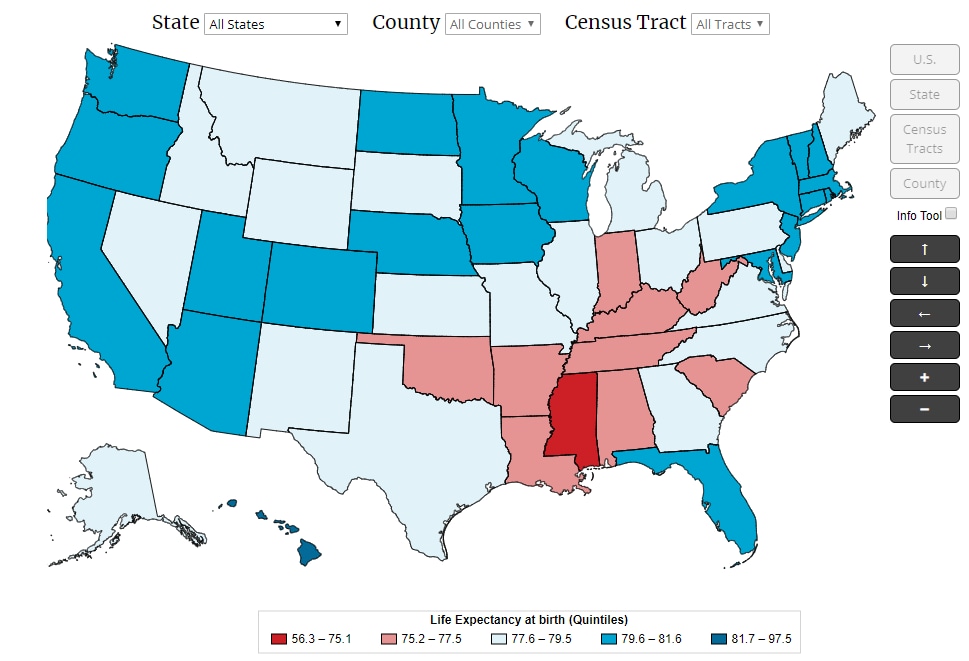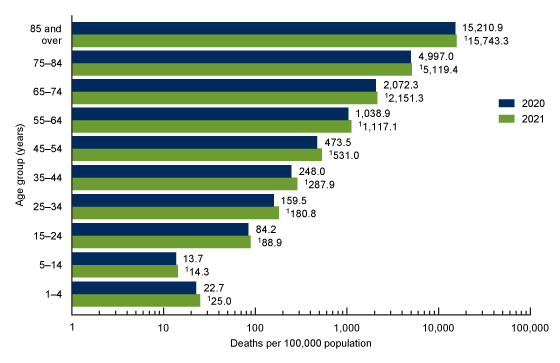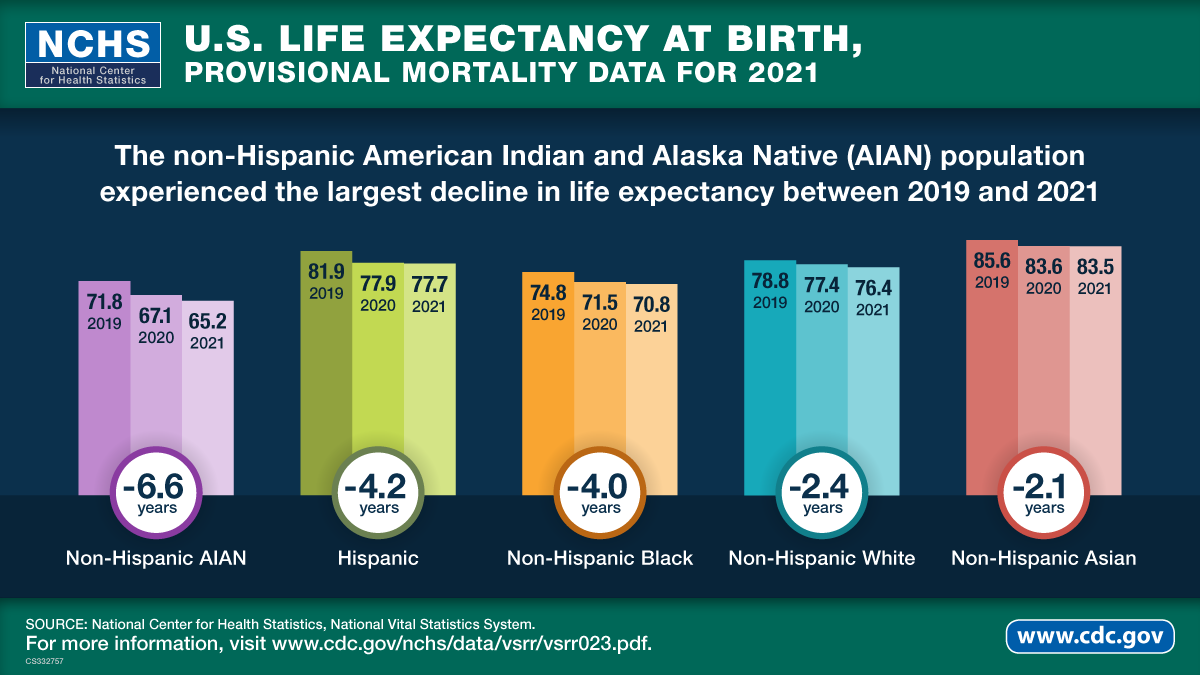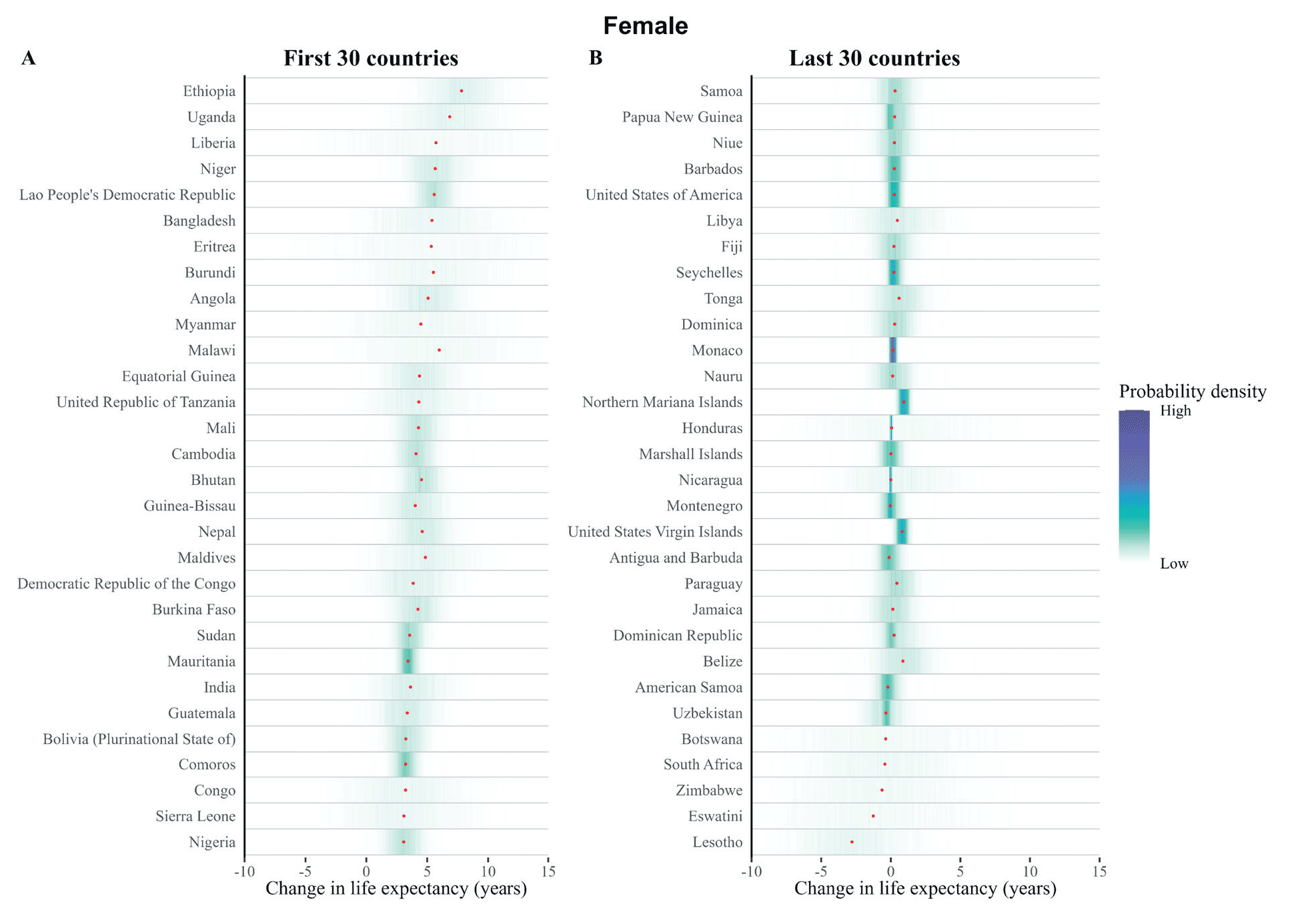Table of Contents
- U.S. life expectancy fell by a year in the first half of 2020, CDC ...
- Forecasting life expectancy, years of life lost, and all-cause and ...
- Projected life expectancy at birth, 2010-2050 (by region and income ...
- Healthy life expectancy for 202 countries up to 2030: Projections with ...
- World Life Expectancy
- U.S. life expectancy fell by a year in the first half of 2020, CDC ...
- Cdc Life Expectancy Tables 2025 - Celle Bethena
- US Life Expectancy Reaches 25-Year Low: CDC
- US Life Expectancy Reaches 25-Year Low: CDC
- Cdc Life Expectancy Tables 2025 - Celle Bethena
Life expectancy is a crucial metric that provides insights into the health and well-being of a population. It is a statistical measure that estimates the average number of years a person is expected to live, based on the mortality rates of a given population. In this article, we will delve into the world of life expectancy and explore how FastStats, a powerful statistical tool, can help us better understand this complex concept.


What is Life Expectancy?

Life expectancy is a widely used indicator of a population's health status. It takes into account the mortality rates of a population at different ages and calculates the average number of years a person is expected to live. Life expectancy can be calculated at birth or at a specific age, and it provides valuable information about the health and well-being of a population. For instance, a high life expectancy at birth indicates a low infant mortality rate and a healthy population, while a low life expectancy at older ages may indicate a high prevalence of chronic diseases.


How Does FastStats Calculate Life Expectancy?

FastStats is a statistical software that provides a range of tools and techniques for analyzing and interpreting data. When it comes to calculating life expectancy, FastStats uses a complex algorithm that takes into account the mortality rates of a population at different ages. The software uses a combination of demographic and statistical methods to estimate life expectancy, including the life table method and the survival analysis method. These methods provide a comprehensive and accurate picture of life expectancy, allowing users to gain insights into the health and well-being of a population.

Benefits of Using FastStats for Life Expectancy Analysis
FastStats offers a range of benefits for analyzing life expectancy data. Some of the key advantages include:
- Accuracy and Reliability: FastStats provides accurate and reliable estimates of life expectancy, using robust statistical methods and algorithms.
- Flexibility and Customization: The software allows users to customize their analysis and calculate life expectancy at different ages and for specific populations.
- Ease of Use: FastStats is user-friendly and easy to use, even for those without extensive statistical knowledge.
- Comprehensive Analysis: The software provides a comprehensive analysis of life expectancy, including trends, patterns, and correlations with other demographic and health indicators.

Real-World Applications of Life Expectancy Analysis with FastStats
Life expectancy analysis with FastStats has a range of real-world applications, from public health and policy-making to research and academia. Some examples include:
- Public Health Planning: Life expectancy analysis can inform public health planning and policy-making, by identifying areas of high mortality and targeting interventions to improve health outcomes.
- Research and Academia: FastStats can be used in research and academic settings to analyze and interpret life expectancy data, and to explore the relationships between life expectancy and other demographic and health indicators.
- Insurance and Actuarial Applications: Life expectancy analysis with FastStats can also be used in insurance and actuarial applications, to estimate life expectancy and inform policy decisions.
In conclusion, life expectancy is a complex and multifaceted concept that provides valuable insights into the health and well-being of a population. FastStats is a powerful statistical tool that can help us better understand life expectancy, by providing accurate and reliable estimates and allowing for comprehensive analysis and customization. Whether you are a public health professional, researcher, or academic, FastStats is an essential tool for unlocking the secrets of longevity and understanding the complexities of life expectancy.
By using FastStats for life expectancy analysis, users can gain a deeper understanding of the factors that influence life expectancy, and develop targeted interventions to improve health outcomes. With its user-friendly interface and robust statistical methods, FastStats is an ideal tool for anyone looking to analyze and interpret life expectancy data.
Furthermore, FastStats can be used to analyze life expectancy data from different countries and regions, allowing users to compare and contrast life expectancy trends and patterns across different populations. This can provide valuable insights into the impact of different health policies and interventions on life expectancy, and inform decision-making at the local, national, and international levels.
In addition to its analytical capabilities, FastStats also provides a range of visualization tools, allowing users to present their findings in a clear and concise manner. This can be particularly useful for communicating complex data insights to non-technical stakeholders, and for developing effective public health campaigns and interventions.
Overall, FastStats is a powerful tool for life expectancy analysis, offering a range of benefits and applications for public health professionals, researchers, and academics. By providing accurate and reliable estimates of life expectancy, and allowing for comprehensive analysis and customization, FastStats can help users unlock the secrets of longevity and develop targeted interventions to improve health outcomes.